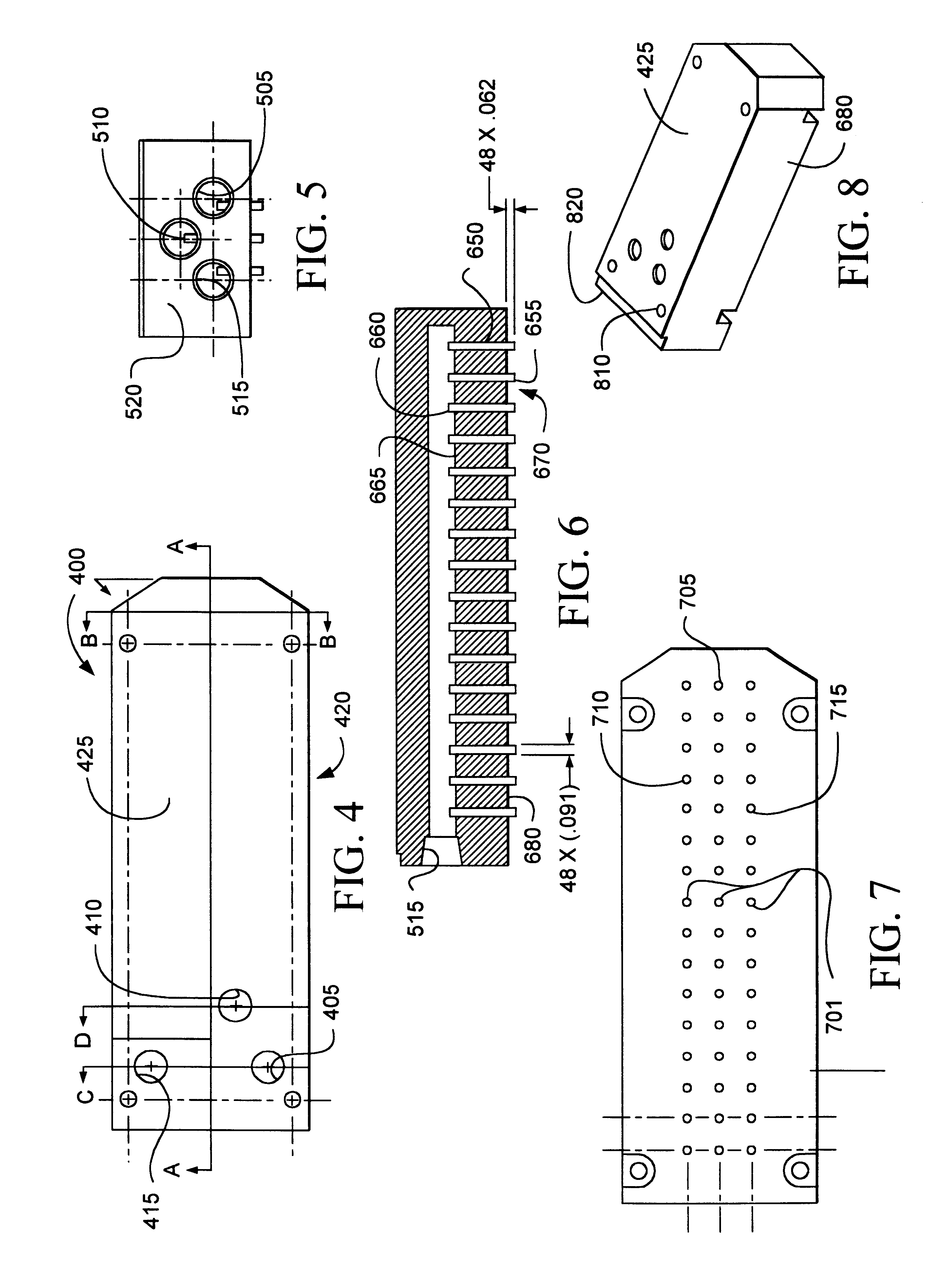Yield and line width performance for liquid polymers and other materials
a liquid polymer and line width technology, applied in the field of microelectronic fabrication, can solve the problems of not fully meeting the requirements of critical dimension control, process-induced defect count reduction, process-induced particle count reduction,
- Summary
- Abstract
- Description
- Claims
- Application Information
AI Technical Summary
Benefits of technology
Problems solved by technology
Method used
Image
Examples
Embodiment Construction
The invention and the various features and advantageous details thereof are explained more fully with reference to the nonlimiting embodiments that are illustrated in the accompanying drawings and detailed in the following description of preferred embodiments. Descriptions of well known components and processing techniques are omitted so as not to unnecessarily obscure the invention in detail.
The context of the invention includes photolithography processing of micro structures (e.g., microelectronic structures). These structures are typically etched and the polymers of interest function as masks to shield portions of the structures that are to remain at least largely unaffected by the etchant. The polymers that are being developed can be negative and / or positive photoresists. The invention can also utilize data processing methods that transform signals that characterize the state of the polymer processing so as to actuate interconnected discrete hardware elements; for example, to re...
PUM
| Property | Measurement | Unit |
|---|---|---|
| distance | aaaaa | aaaaa |
| distance | aaaaa | aaaaa |
| distance | aaaaa | aaaaa |
Abstract
Description
Claims
Application Information
 Login to View More
Login to View More - R&D
- Intellectual Property
- Life Sciences
- Materials
- Tech Scout
- Unparalleled Data Quality
- Higher Quality Content
- 60% Fewer Hallucinations
Browse by: Latest US Patents, China's latest patents, Technical Efficacy Thesaurus, Application Domain, Technology Topic, Popular Technical Reports.
© 2025 PatSnap. All rights reserved.Legal|Privacy policy|Modern Slavery Act Transparency Statement|Sitemap|About US| Contact US: help@patsnap.com



